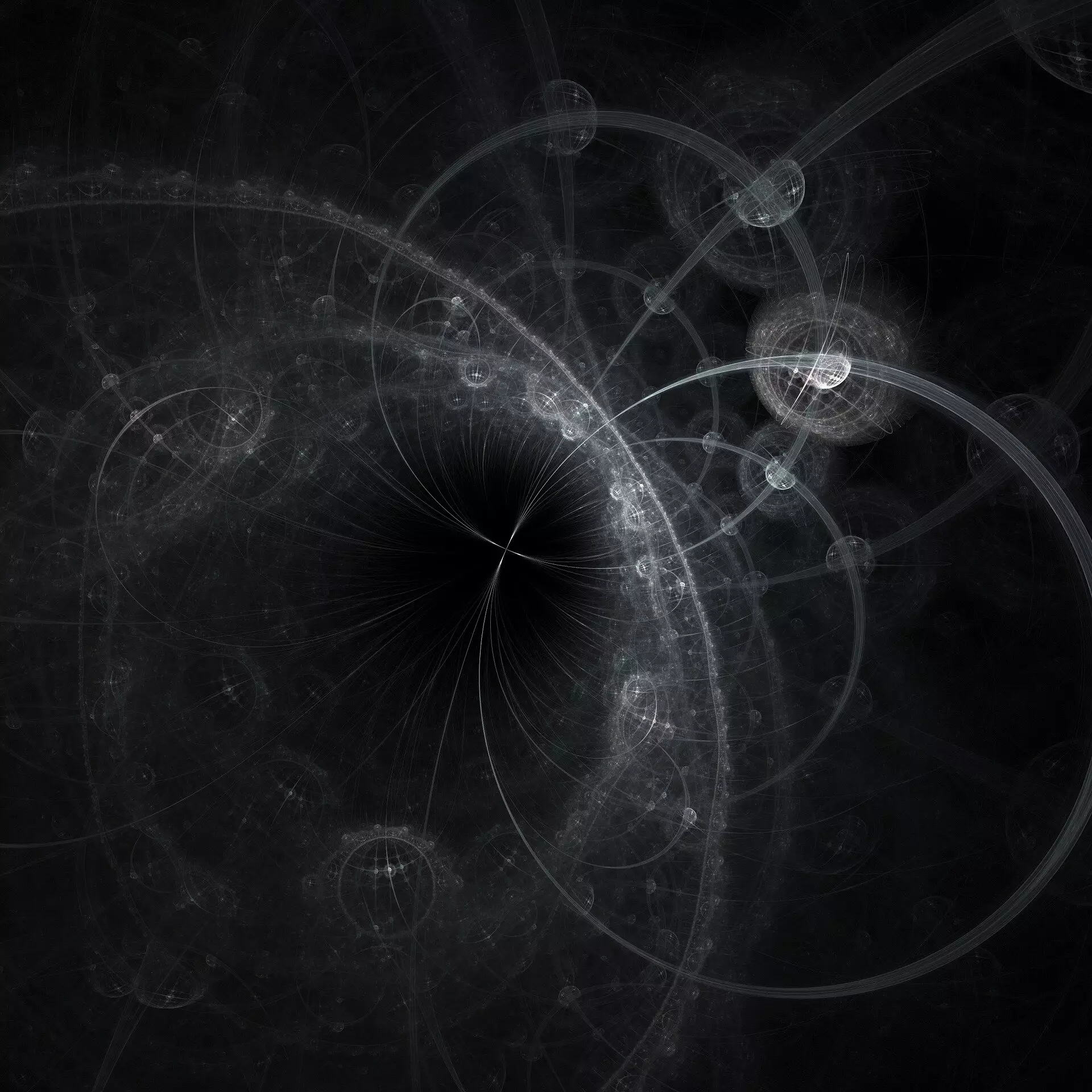In a remarkable breakthrough within the realm of particle physics, scientists at CERN have unveiled an ultra-rare particle decay process that challenges our current understanding of matter. The NA62 collaboration has made an experimental observation of the charged kaon decaying into a charged pion and a neutrino-antineutrino pair, denoted as K+ → π+ νν̄. This finding is not merely an addition to particle decay phenomena but signifies an experimental rarity, with predictions from the Standard Model (SM) suggesting that such decay occurs in less than one in ten billion instances. The implications of this discovery could potentially lead to a greater comprehension of the fundamental forces that govern particle interactions.
Kaons are unique particles produced in high-intensity collisions between proton beams and stationary targets within the CERN Super Proton Synchrotron (SPS). This setup generates a staggering output, with billions of secondary particles released every second, approximately 6% of which are charged kaons. By meticulously identifying and studying these kaons and their decay products—except for neutrinos, which elude direct measurement—the NA62 detector is at the forefront of particle research. As Professor Cristina Lazzeroni, a key figure in particle physics at the University of Birmingham, stated, the successful observation of K+ → π+ νν̄ represents the rarest decay to be recorded with a significance of 5 sigma. This accomplishment is a testament to the diligent teamwork and rigorous analytical processes behind the NA62 project.
The NA62 experiment represents the culmination of over a decade’s worth of research and development, signifying an overwhelming commitment by the scientific community involved. Professor Giuseppe Ruggiero from the University of Florence encapsulates this effort, describing the process of identifying phenomena with probabilities around 10^-11 as both fascinating and arduous. Data collected from the NA62 experiment during the 2021-2022 period, coupled with previous datasets from 2016-2018, contributed to confirmed observations of this decay process. With enhancements to the NA62 setup allowing operations at higher beam intensities, the current findings are a compelling recognition of the meticulous upgrades and refined analysis techniques that have bolstered this investigation.
Integral to this achievement has been the collaboration among various institutions and the nurturing of emerging talent within the field. The Birmingham research team, led by Professor Evgueni Goudzovski, has played a pivotal role since the inception of the NA62 project in 2007. Their commitment to fostering early-career researchers and encouraging leadership has resulted in a dynamic and productive work environment. The recognition of former Ph.D. students now leading significant roles within the project highlights the importance of mentorship in advancing scientific research.
Exploring the K+ → π+ νν̄ decay process is paramount because of its sensitivity to phenomena beyond the established Standard Model framework. This decay happens with a probability estimated at approximately 13 in 100 billion, which aligns with current SM predictions yet suggests a potential increase of nearly 50%. This anomaly raises intriguing questions about the existence of new particles that could influence such decay probabilities. As scientists delve deeper into this research, there is optimism that the ongoing data collection by the NA62 experiment could yield essential insights. The hope is to confirm or refute the presence of new physics in the coming years, a notion that captivates the imagination of many in the scientific community.
The discovery of the ultra-rare decay of kaons is a significant milestone in particle physics. With potential implications that stretch beyond current theoretical frameworks, the findings from the NA62 collaboration pave the way for future inquiries into the fundamental nature of the universe. As researchers continue their pursuit of knowledge, the interdisciplinary partnerships and innovative techniques developed during these experiments could unlock new realms of understanding in particle interactions and the possible existence of new physics. The contributions made by those involved not only enrich the scientific community but also enhance humanity’s comprehension of the cosmos in which we exist.


Leave a Reply